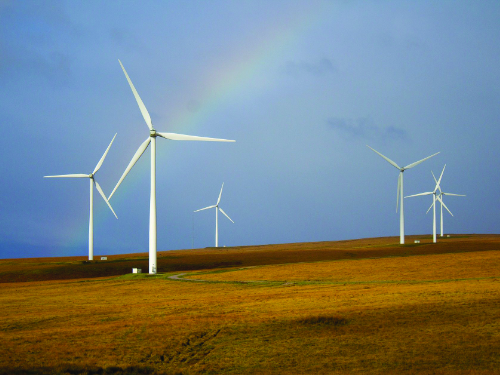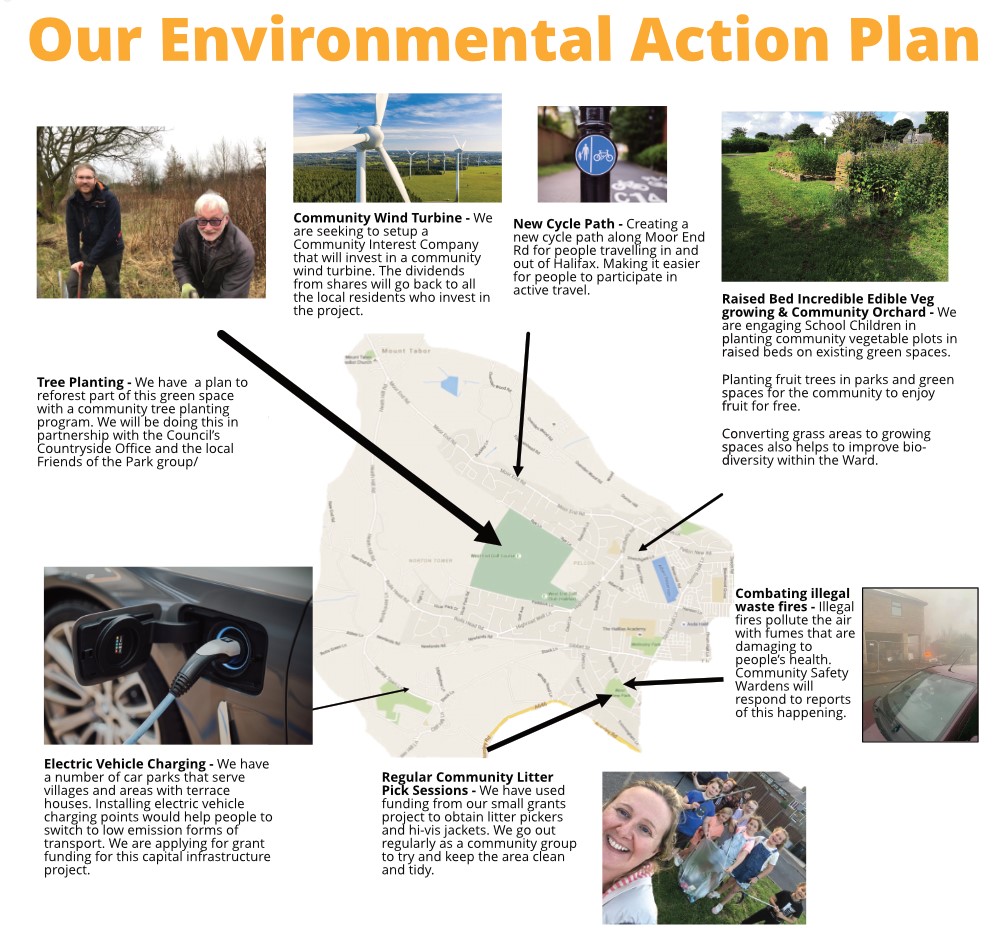
Over the past year, public interest in the environment has increased. According to YouGov’s ‘Most important issue facing the country’ tracker, the percentage of people citing the Environment as the most important issue facing the country has increased from 23% in September 2020 to 33% in September 2021.
This is great news for Liberal Democrats who have long campaigned on environmental and climate issues. However, if we aren’t staying active on this issue, we risk losing votes to others such as the Green Party.
It can sometimes seem like the levers required to tackle climate change are outside the reach of local government. While it is certainly true that we need the Government in Westminster to do more, there are still practical things we can achieve as local campaigners.
As Liberal Democrats, we are at our best when we are engaging our local community on local campaigns. A ward level climate action plan is a document that you can create with your community. It serves a few purposes: it engages people in a participative and democratic process, it raises awareness about environmental issues, and it gives you a plan of topics that you can then campaign on to achieve.
The key difference between a Liberal Democrat community action plan and one others might produce is that we start with grass-roots community participation in the Liberal tradition of community politics our party has developed. We then proceed to use our community and single-issue campaigning skills to ensure the plan is implemented.
As a Liberal, you will have your own ideas as to how a climate action plan might look. The purpose here is not to provide you with a step-by-step guide to follow as to how this must be done, but to present an idea for you to adapt and implement as you see fit. Our recommendation is that if you want to implement this idea you start off by engaging with as many voters as possible when creating your plan. Here are a few suggestions as to how this might be done:
- Facilitating workshops where residents stick interventions up onto a map of the Ward
- Typeform online survey where people can suggest ideas
- A knock on drop survey that asks people to make suggestions
- An online zoom event where you invite residents to come along with ideas
- Getting your local authority to support the creation of ward level plans via systems such as area committees or ward forums
- A Focus Article with a grumble sheet for people to reply on
It will be interesting to see what campaign ideas and interventions your community might come up with. It might be that some people struggle to come up with ideas, and in this situation to get the ball rolling you might want to make a few suggestions of campaign ideas. But please do remember the point of this project is not to limit your imagination or ideas, or to prescribe them. This is something that should be led by your community and their wishes for environmental action.
Possible community projects and campaigns you could undertake
- Wildflower planting and bee-friendly areas
- Campaign for new Electric Vehicle Charging Points
- Identify sites for local renewable energy
- Campaign for more active travel routes and cycling facilities
- Swap Shops to share and recycle unwanted goods
- A Community Car Club
- Tree Planting
How your completed plan looks is down to you
It could be as simple as a map-style graphic that you then put on your Focus leaflets. It might be as detailed as dozens of pages of detailed project proposals! The important thing is you collect ideas from the community and present them in an easy-to-understand format. We suggest perhaps a map highlighting all the different projects might be a good format. Along with some notes that could be attached that goes into a bit more detail as to what each project will require to be successful.
You can see an example map-style graphic below.

Putting your plan into action
Once you have an environmental action plan you can then set about implementing it. Some of the ideas might be community projects; others might require changes in policy from either your local authority or Government. The key is engaging the residents you represent in these projects and campaigns to increase democratic participation and to achieve the environmental change we so desperately need. Perhaps you can also be successful in engaging other organisations in creating their own plans for transformation.
ALDC has a range of materials on developing and creating single-issue campaigns that can be utilised to then achieve your political and environmental goals that will be identified during this process.
Top Tips
- Collect emails and contact details of people who engage in the plan and get them involved in campaigning and volunteering with the party
- Regularly feedback on the progress of your plan once completed. If you find yourselves hitting roadblocks, then be clear to voters who’s to blame for the barriers to change
- Set up some petitions on the back of your environmental action plan
- Set up a Facebook group for the plan to help engage people online
- Engage your members in this process. Be sure to write to all of them and invite them along to meetings
- Get the political dividend. Keep telling people what you are doing on regular Focus leaflets
Please find a link to an example ward community climate plan here.
says
This is solid and easy to do stuff which I will share with my local community council who have passed a local motion for both the climate emergency and CEE Bill support too. They have been looking to me to provide further information and an action plan. This is great at local level so will use in my next Newsletter due out in two weeks.
Thanks
david nolan says
Worthy stuff but a bit narrow tbh. i was looking for a more broader action plan.